Baking at home is a delightful and rewarding experience for many. The aroma of freshly baked goods wafting through the kitchen can be irresistible. However, even the most seasoned bakers encounter challenges along the way. From ingredient mishaps to technical difficulties, navigating the world of DIY baking can sometimes feel like a rollercoaster ride. Let’s delve into some common problems that may arise when baking for yourself and how to overcome them.
- Ingredient Substitution Woes:
One of the first hurdles in baking is often ingredient substitutions. Whether it’s due to dietary restrictions, pantry shortages, or simply experimenting, substituting one ingredient for another can significantly alter the outcome of your baked goods. For instance, swapping baking powder for baking soda or butter for oil can lead to undesirable results like dense cakes or flat cookies.
Solution: Familiarize yourself with ingredient functionalities and their substitutes. Keep a handy reference guide or use reliable online resources to understand which substitutions are appropriate for your recipe without compromising texture or taste.

- Precision Predicaments:
Baking is a science, and precision is key. Small deviations in measurements, oven temperature, or mixing techniques can drastically affect the final product. Overmixing batter, inaccurate oven temperature, or incorrect measuring can result in tough cookies, sunken cakes, or soupy batters.
Solution: Invest in accurate measuring tools like kitchen scales, measuring cups, and spoons. Follow recipes diligently, paying attention to both measurements and instructions. Additionally, calibrate your oven periodically to ensure consistent baking temperatures.
- Rising and Falling:
Achieving the perfect rise in baked goods can be a challenge. Too much or too little leavening agents, improper proofing of dough, or opening the oven door too early can all lead to disappointing outcomes. Sunken cakes, deflated soufflés, or dense bread are common manifestations of rising and falling issues.
Solution: Understand the role of leavening agents like yeast, baking powder, and baking soda in baking. Allow dough to proof adequately in a warm, draft-free environment. Avoid opening the oven door excessively during baking, as sudden temperature changes can cause baked goods to collapse.
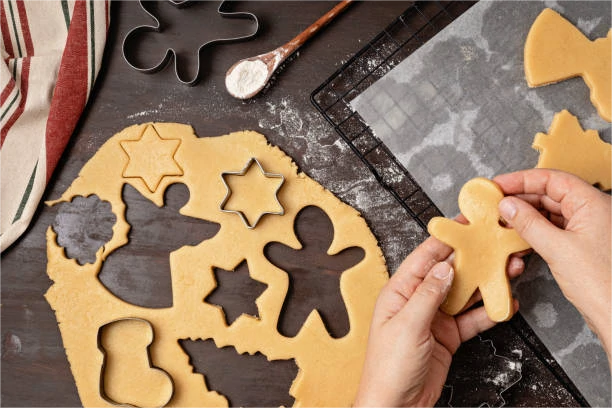
- Texture Troubles:
Texture is paramount in baking. Achieving the desired crumb, moisture level, and chewiness can be elusive. Overmixing batter, underbaking, or using the wrong flour can result in rubbery muffins, dry cakes, or gummy cookies.
Solution: Master the art of mixing techniques – whether it’s folding, creaming, or kneading – to achieve the desired texture. Invest in an oven thermometer to ensure accurate baking times and temperatures. Experiment with different types of flour to find the right balance of gluten content for your desired texture.
- Presentation Predicaments:
They say we eat with our eyes first, and presentation plays a significant role in the enjoyment of baked goods. Uneven browning, cracked crusts, or misshapen loaves can detract from the overall appeal of your creations.
Solution: Pay attention to baking techniques that promote even browning, such as rotating pans halfway through baking or using parchment paper to prevent sticking. Experiment with decorative techniques like piping, glazing, or dusting with powdered sugar to enhance the visual appeal of your baked goods.
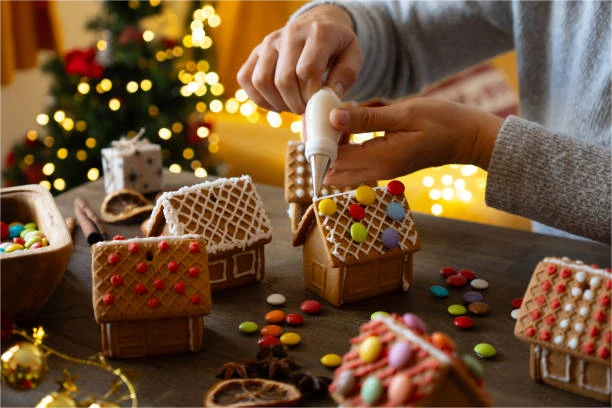
Baking for yourself can be a fulfilling and enjoyable endeavor, but it’s not without its challenges. From ingredient substitutions to presentation predicaments, navigating the world of DIY baking requires patience, practice, and a willingness to learn from mistakes. By understanding common pitfalls and implementing solutions, you can elevate your baking skills and create delectable treats that delight the senses. So roll up your sleeves, preheat your oven, and let the baking adventures begin!
If you want more information on food and recipes, keep following us: https://www.omrecipe.com/

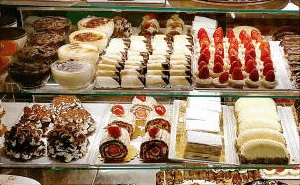
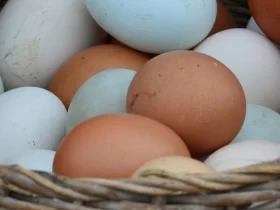



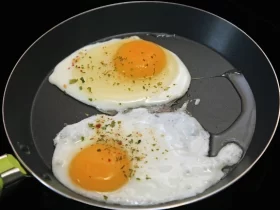



Leave a Reply